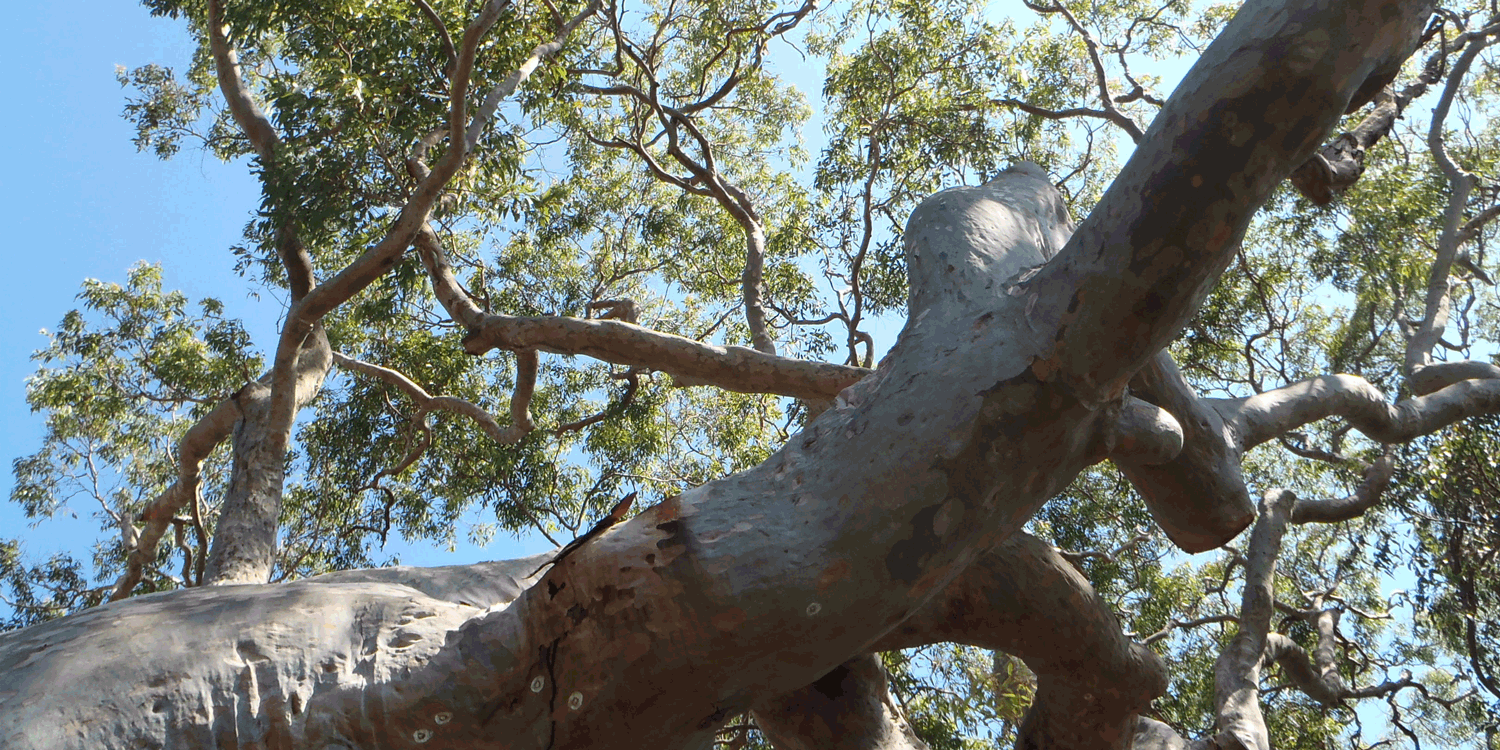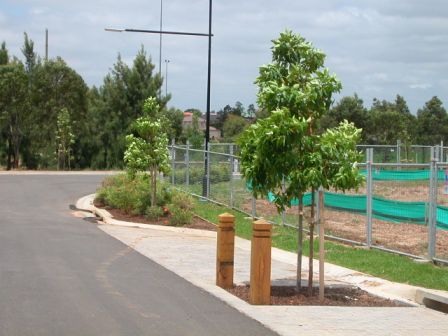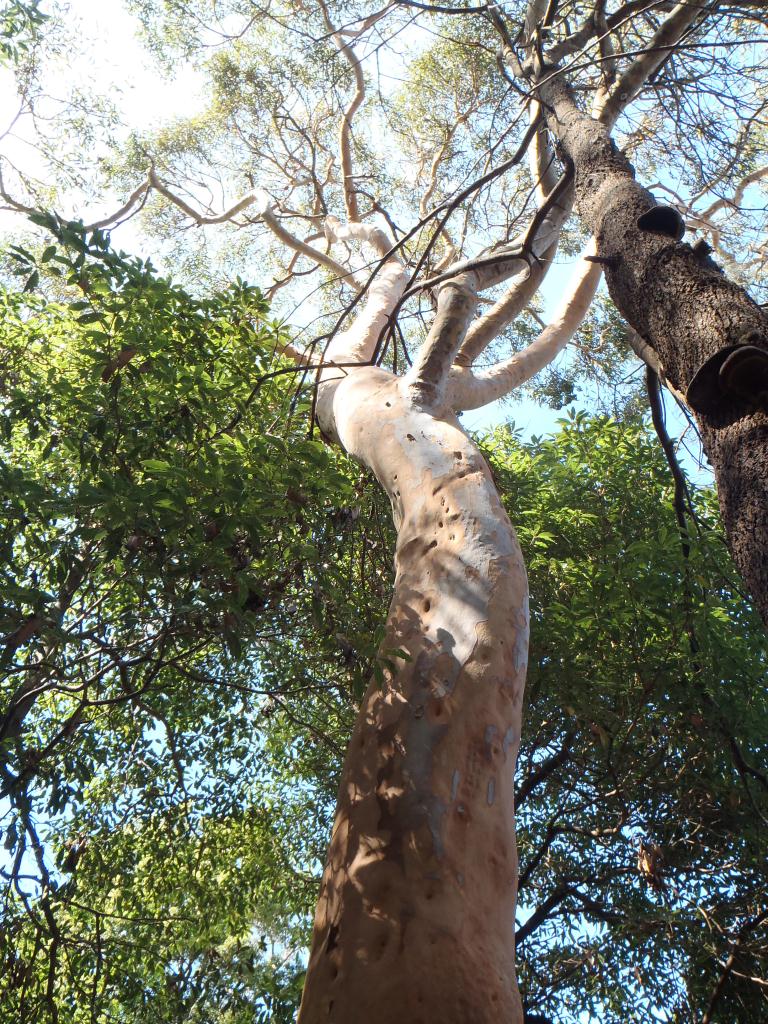
29 Mar Why urban trees are stressed
Why urban trees are stressed

The bad news:
- Less trees in cities = increased heat = more stress on trees due to the increased heat = higher cooling costs and higher mortality rates of trees and people.
The good news:
- A 10% increase in vegetation cover lowers land surface temperatures by more than a degree.
- Melbourne has a 40% canopy-cover target (and will plant 3000 new trees per year)
- During storms, urban vegetation is a city’s sponge. Tree roots, green roofs and rain gardens help to sop up the deluge, easing pressure on stormwater and sewerage systems, and filtering heavy metals, nitrogen and phosphorous from the runoff that does make it into waterways.
- Street trees, city parks, green roofs and gardens keep sweltering summer temperatures down, help to prevent flash flooding, reduce air and noise pollution, support native ecosystems, and ultimately make our cities more enjoyable – and healthy – places to live and work.
With cities already up to 7C warmer than surrounding rural areas – the urban heat island effect – trees are an important tool against high temperatures that drive cooling costs up and increase mortality during heatwaves.
This well written article on the stress of urban trees helps explain how and why we need more trees in our cities. Read More Thanks Dyani Lewis, writer and Cathy Oke, City of Melbourne.

